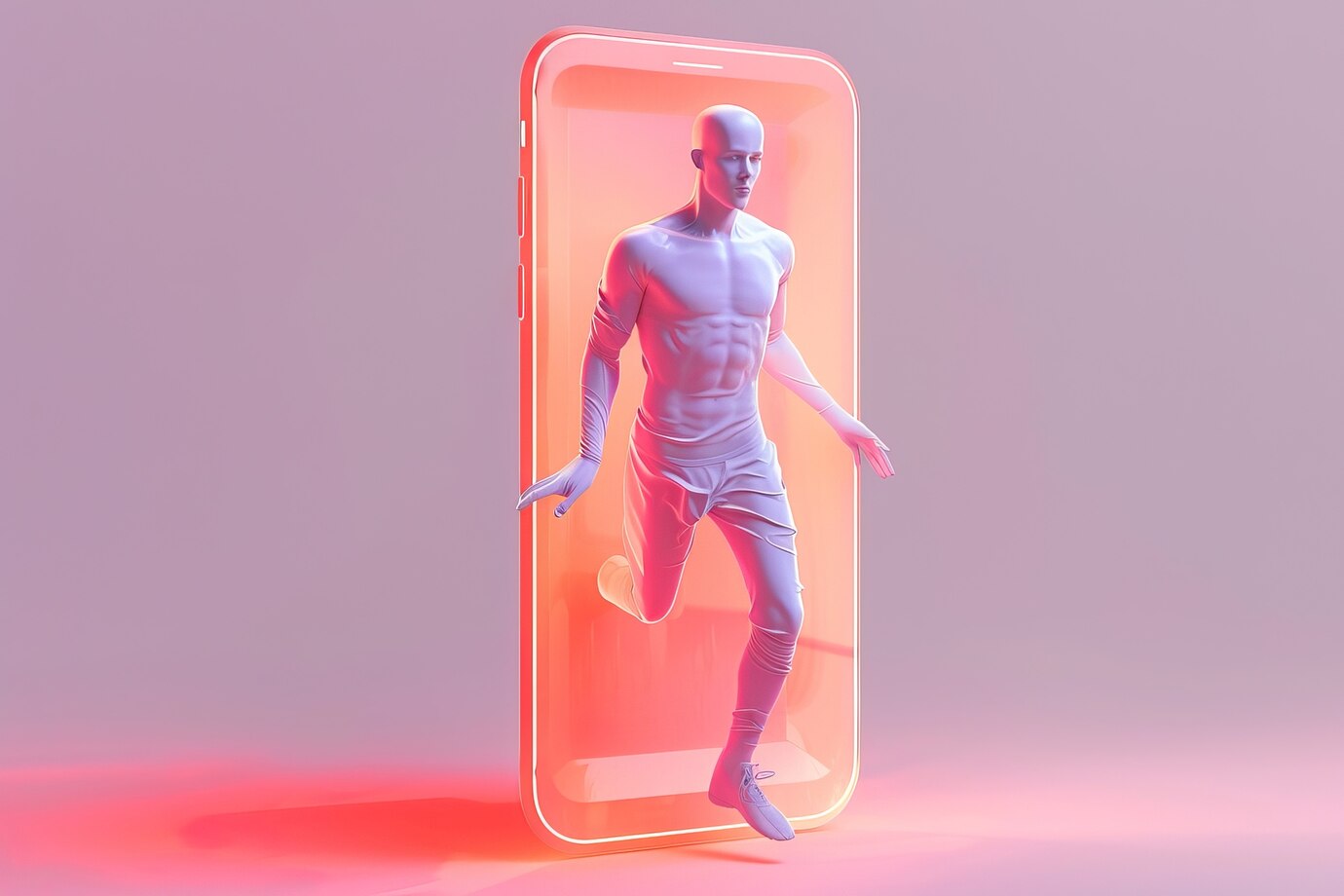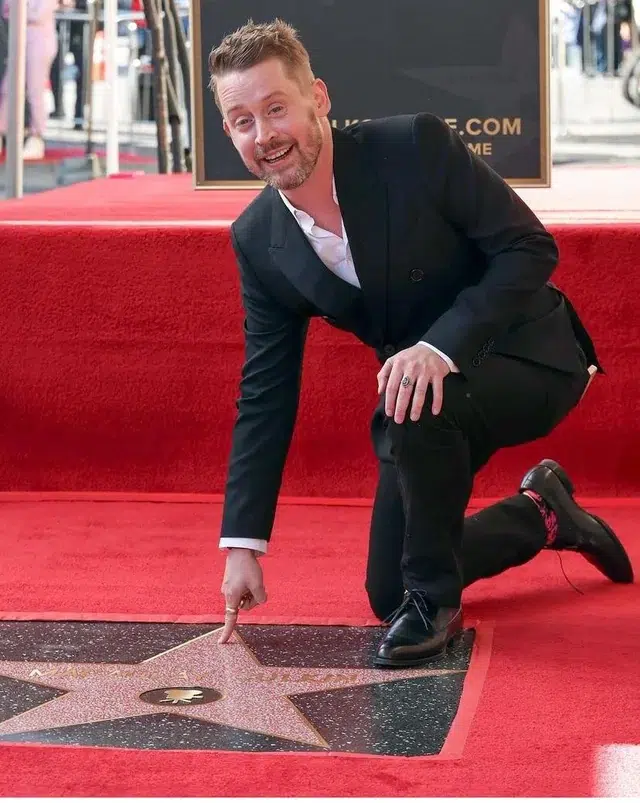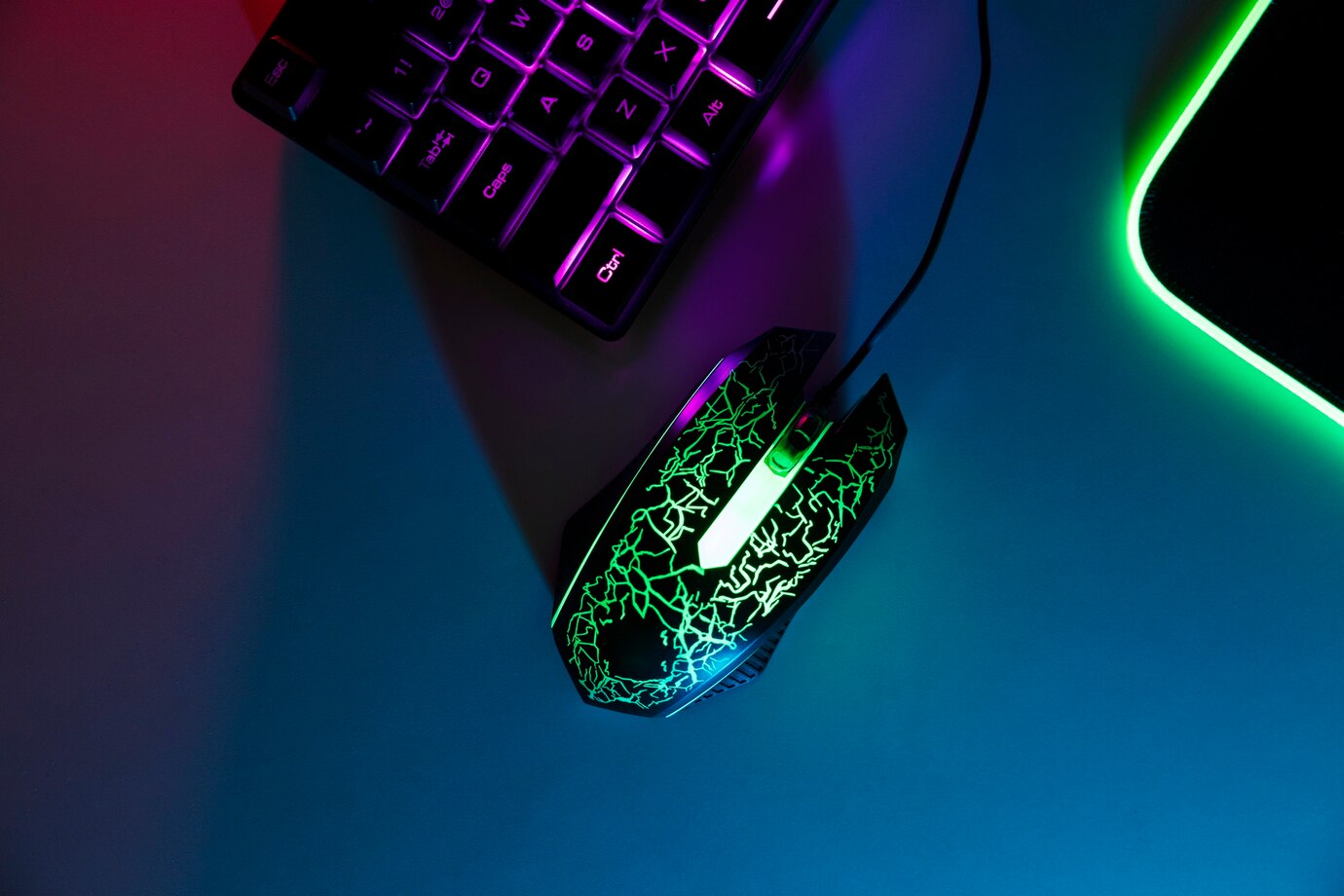Stroke Treatment Breakthrough? Saving Brain Cells After 6 Hours
Share IT

Launch Your Dream Website with Us!
Click Here to Get in touch with Us.
Categories
Stroke Treatment After 6 Hours
A Glimmer of Hope: Is It Possible to Restore Brain Cells Several Days After a Stroke?
Sudden obstruction of blood flow to the brain, or stroke, is one of the world’s leading causes of death and disability. Following a stroke, every minute counts because brain cells that are starved of oxygen and nutrients start to die. Generally, clot-busting drugs can only be used during a limited window of time, usually 4-6 hours after the onset of a stroke. But there may be some hope for stroke victims thanks to a recent scientific discovery that may be able to preserve brain tissue even days after the incident.
Table of Contents

Recognising the Emergency: The Conventional Stroke Treatment Window
Stroke Treatment After 6 Hours
Consider the brain as a busy city, where blood vessels serve as the highways carrying vital supplies and neurons serve as the structures. This essential flow is interrupted by a stroke, which causes a “traffic jam” in the blood vessels and oxygen starvation of the brain’s cells. More brain cells die the longer this blockage lasts, causing irreversible damage and possibly even function loss.
Stroke Treatment After 6 Hours
Currently, giving clot-busting drugs (thrombolytics) is the most successful way to treat ischemic stroke (caused by a blood clot). These drugs break up the clot and let blood flow again, but they don’t work all the time. The potential benefits of the medicine are outweighed by the possibility of side effects, like bleeding in the brain, after the initial 4-6 hour window. This emphasises how crucial it is to get medical help right away if you think you may be having a stroke.
A New Section: Examining Neuroprotective Techniques
Stroke Treatment After 6 Hours
Dr. Nicholas Bazan and his colleagues at LSU Health New Orleans have recently conducted research that offers insight into a potentially ground-breaking method of treating stroke victims. Their research focuses on compounds known as neuroprotective molecules, which may possess the extraordinary capacity to preserve brain tissue even after a prolonged period of time after a stroke.
Stroke Treatment After 6 Hours
Even while the study is still in its early phases and is being done in a lab, it provides a window into a day when stroke treatment may not be constrained by stringent time constraints. Here’s a closer look at the salient features of this intriguing study:
- Possibility of an Extended Treatment Window: Should this research prove fruitful, it may open the door to novel treatment choices that might be given to stroke victims even after the customary 4-6 hour window. This longer window may help more stroke victims, providing them with an important opportunity to reduce brain damage and enhance their chances of recovery.
- Recognising the Mechanism: The precise mechanism by which these neuroprotective compounds carry out their protective function is currently being studied. They may act by lowering inflammation, encouraging the flow of oxygen to brain cells, or obstructing the processes that lead to cell death. Additional investigation is required to clarify the exact mechanisms involved.
- It’s Important to Note: The news articles that initially aroused this curiosity most likely made reference to a scientific presentation or early research results. It’s critical to differentiate between early research phases and accepted medical procedures. Although this research has a lot of potential, human clinical studies are not yet at this point.
What This Means for You: Take Action Now, Hope for the Future
Stroke Treatment After 6 Hours
Although it’s not yet common practice in medicine to preserve brain tissue in the days following a stroke, this finding has enormous implications for stroke treatment going forward:
Stroke Treatment After 6 Hours
- Time Is Still Vital: Getting medical help right away in the event of a stroke is still crucial, despite the promising possibility of longer treatment windows. When it comes to minimising brain cell death and optimising the chance of recovery, every minute matters.
- The Research’s Power: This study serves as an excellent example of the vital role that scientific research plays in improving healthcare. Translating these encouraging results into stroke patients’ practically feasible treatment options will require ongoing research and the development of neuroprotective drugs.
- Consciousness and Instruction: Improving the prognosis of stroke requires an understanding of its signs and the need of getting medical help right once. The acronym FAST, which stands for Face drooping, Arm weakness, Speech difficulty, and Time to summon emergency services, can help people identify and react to stroke symptoms quickly.
Towards the Future: A Better Prospect for Stroke Therapy
Stroke Treatment After 6 Hours
Although it may not be possible to save brain cells days after a stroke, this research gives promise for stroke treatment. Sustained investigation is essential for opening up fresh therapeutic options, maybe expanding the window for successful intervention, and enhancing stroke patients’ long-term results. We can work towards a better future for stroke prevention and treatment by staying informed, recognising the signs of a stroke, and getting help straight away when needed.

Launch Your Dream Website with Us!
Click Here to Get in touch with Us.





























































Recent Comments